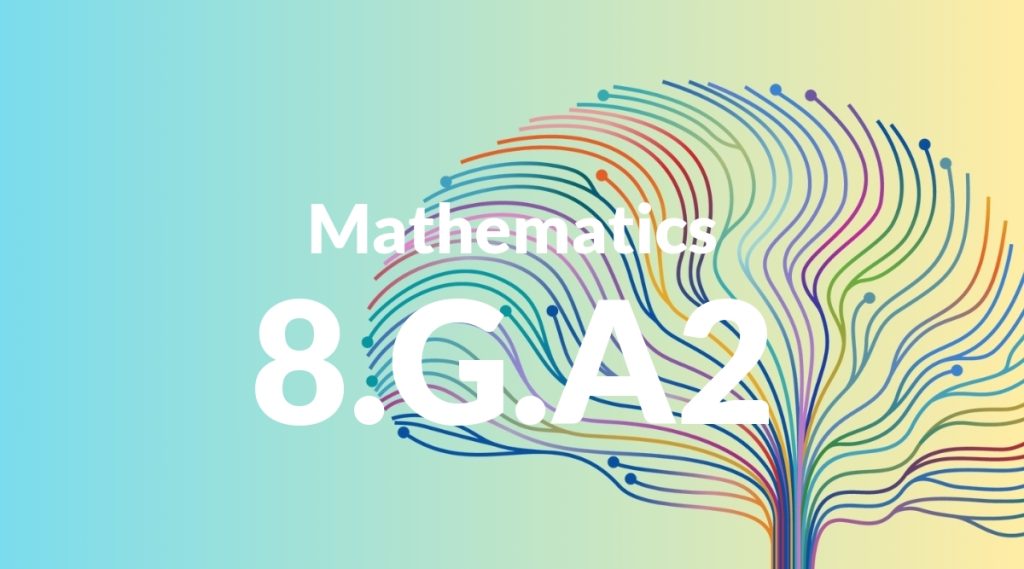Standard: 8.G.A2 – Understand that a two-dimensional figure is congruent to another if the second can be obtained from the first by a sequence of rotations, reflections, and translations; given two congruent figures, describe a sequence that exhibits the congruence between them.
Grade level: Grade 8
Subject: Mathematics
Domain: Geometry
Teacher Overview
This standard emphasizes the understanding that congruent figures can be obtained through rotations, reflections, and translations. It is crucial as it builds a foundation for more advanced geometric concepts and helps students develop spatial reasoning skills. Students need to understand basic geometric shapes, properties, and transformations such as rotations, reflections, and translations. They should also be familiar with plotting points on a coordinate plane.
Mastering this standard will prepare students for more complex geometric problems and concepts, including three-dimensional figures, similarity, and symmetry.
Common Misconception 1
A common misconception is that congruent figures must be oriented in the same way. This is incorrect because congruence depends on the size and shape of the figures, not their orientation.
Intervention 1
To address this misconception, use hands-on activities where students manipulate physical shapes to see that congruent figures can have different orientations.
Common Misconception 2
Another misconception is that congruence can be determined by visual inspection alone. This is incorrect because visual judgment can be imprecise, and mathematical verification is necessary.
Intervention 2
Encourage students to use mathematical transformations and precise language to verify congruence rather than relying on visual inspection.
Prerequisite Knowledge
Students should have a basic understanding of geometric shapes, the properties of these shapes, and the concepts of rotation, reflection, and translation. They should also be familiar with coordinate planes and how to plot points on them.
Subsequent Knowledge
After mastering this standard, students will be able to apply their understanding of congruence to more complex geometric problems, including those involving three-dimensional figures. They will also be better prepared to explore concepts in similarity and symmetry.
Instructional Activities
- Use graph paper to draw and transform shapes.
- Create a sequence of transformations to map one figure onto another.
- Explore congruence using interactive geometry software.
- Engage in group activities where students describe and perform transformations.
- Solve real-world problems involving congruent figures.




